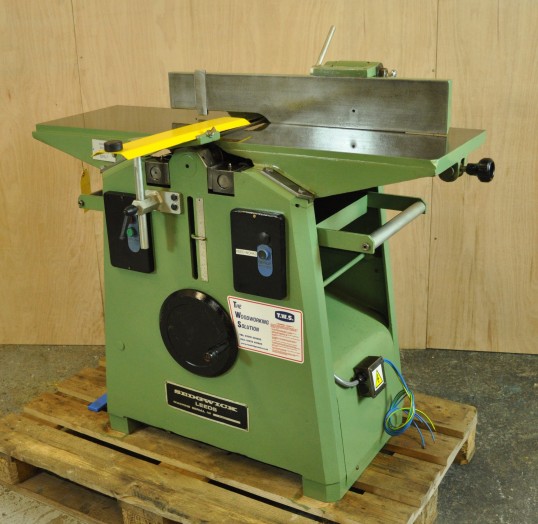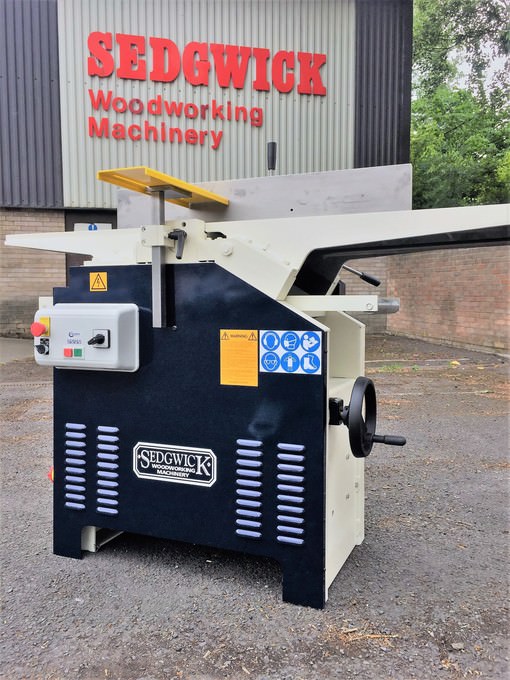This is the base of the replacement saw -
I cant think that is the original paint work, as its in too good condition, but its certainly the right colour for the period.
Im not going to mess about with it. I dont need shiny tools - just ones that work as they should.
Moving on to the replacement fence -
The two screws on the bottom are to hold in the micro adjust and the plunger that works on the fence rail. Curiously, the newer fence does not have the micro locking screw in the same way.
Taking them both out meant that i could get out the main plunger, but the micro adjust was proper seized.
Heat and a oil filter strap got the knob off the shaft (its supposed to come off) and then i was able to tap the micro shaft -
One last point of confusion - i cant work out why the main plunger is in two parts -
Anyone know the reason for this?
The micro is a bit damaged on one section, but im hoping it will be fine. Ill add grease and re-assemble. This is not meant to be a "take everything apart" job - im interested in the working parts, but im not going to obsessively clean every bit of the unit.








